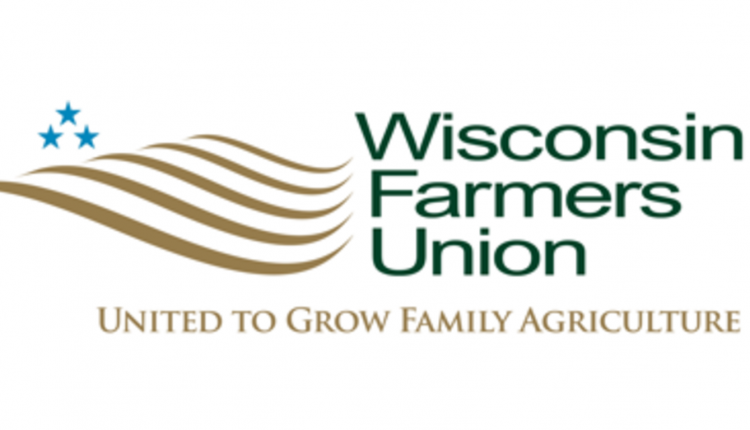
In the dairy production sector, where changes continuously reshape the landscape, effective communication between producers and their financial partners is crucial. On-farm lender meetings offer a personalized approach to fostering this communication, providing numerous benefits that can significantly enhance the farmer-lender relationship and contribute to the overall success of the farming operation.
One of the most significant advantages of on-farm lender meetings is the opportunity for lenders to gain firsthand insight into the farm’s operations. By visiting the farm, lenders can better understand the unique challenges and opportunities a producer faces. Observing the physical layout of the farm, the condition of equipment, facilities, and livestock allows lenders to appreciate the nuances of the farm’s specific operations. This appreciation is pivotal in tailoring financial solutions to meet the producer’s exact needs.
Customized solutions
The insights gained from on-farm meetings enable lenders to offer customized financial solutions. Instead of relying solely on financial statements, lenders can integrate qualitative information gathered during visits. This might include seasonal challenges, specific crop or livestock cycles, or other needs that influence cash flow and profitability. With a deeper understanding of the operational context, lenders can propose financial products and services that are better aligned with the producer’s objectives and circumstances.
On-farm lender meetings facilitate proactive risk management by enabling lenders to identify potential risks and challenges early on. By fully understanding the farm’s operations, lenders can offer tailored advice on insurance options, contingency planning, and diversification, all of which help safeguard the producer’s financial well-being.
Trust is a cornerstone
Face-to-face interactions on the farm help build trust and strengthen farmer-lender relationships. These meetings provide an opportunity for open dialogue, where producers can express concerns, ask questions, and discuss their goals and vision for the future.
Trust is a cornerstone for effective lending, and when lenders take the time to visit the farm, it demonstrates their commitment to understanding and supporting their clients’ businesses. It also allows lenders to include and introduce other lending institution team members who work behind the scenes on the producer’s account, showcasing the depth and knowledge of the lending organization.
As lenders observe operations and discuss future plans, they may identify opportunities for investment in new technologies or practices that potentially enhance productivity and sustainability. Whether it’s precision tools, renewable energy options, or sustainable farming practices, lenders may be able to provide the necessary financial support to implement these innovations, contributing to the operation’s long-term viability and growth.
These meetings also serve as an educational opportunity for both parties. Producers can gain insights into financial management, loan structuring, and market trends, while lenders can deepen their understanding of dairy production innovations and best practices. This exchange of knowledge fosters a more informed and engaged partnership where both parties can leverage their expertise to drive the farm’s success.
Include others
The personalized approach of on-farm meetings can lead to better financial decision-making for producers. With a clearer understanding of their financial options and obligations, producers can make informed choices about investments, expansions, or debt management. Expanding the invite list for meetings to include other industry specialists who may have a direct impact on the decision-making process can greatly enhance the value of some meetings. Occasionally holding a team meeting that includes lenders, financial consultants, nutritionists, vets, farm managers, attorneys, tax consultants, or others deemed consultative to the operation can lead to an in-depth analysis of what is working for the operation and what is not.
By conducting meetings on the farm, lenders not only strengthen their relationship with individual producers but also reinforce their ties to the agricultural community. These interactions provide lenders with a broader perspective on the local dairy landscape, including the social, economic, and environmental factors that influence farming practices. This understanding can lead to more community-focused lending strategies that support regional development and industry resilience.






